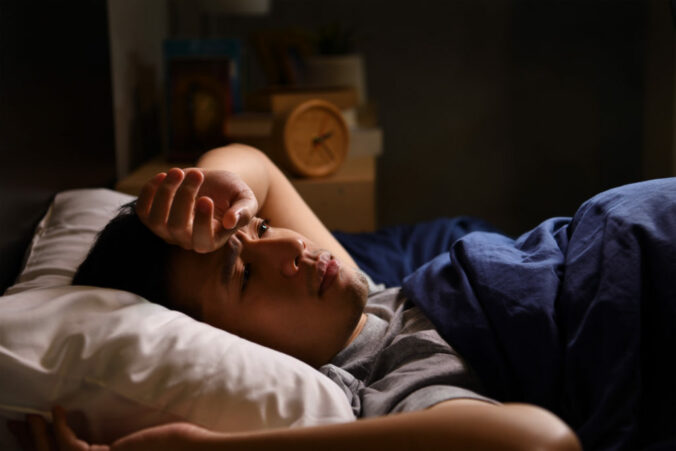If you have ongoing sleep problems, it’s possible that you could have a sleep disorder. There are dozens of different types of sleep disorders, each with their own symptoms and treatments.
According to the American Academy of Sleep Medicine, sleep disorders fall into these six general categories:
- Circadian rhythm disorders: These are problems with your body’s sleep-wake cycle. Examples include jet lag, shift work sleep disorder, and delayed sleep-wake phase disorder.
- Insomnia: These are a group of disorders where you have trouble falling asleep or staying asleep at night.
- Hypersomnias: Hypersomnias are sleep disorders where you feel excessively sleepy during the day, or you fall asleep at the wrong time of day. Examples include narcolepsy and idiopathic hypersomnia.
- Parasomnias: Parasomnias are undesirable movements or behaviors that happen while you are sleeping. Examples include sleepwalking and sleep-related eating disorder.
- Sleep-related breathing disorders: These are disorders where you have problems breathing while you are asleep. These include different types of sleep apnea and snoring.
- Sleep-related movement disorders: This is where you have movements during the night that make it difficult to fall asleep or to stay asleep. Examples include bruxism (teeth grinding), leg cramps, and restless legs syndrome.
